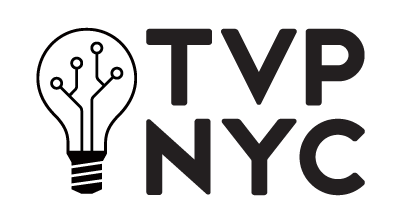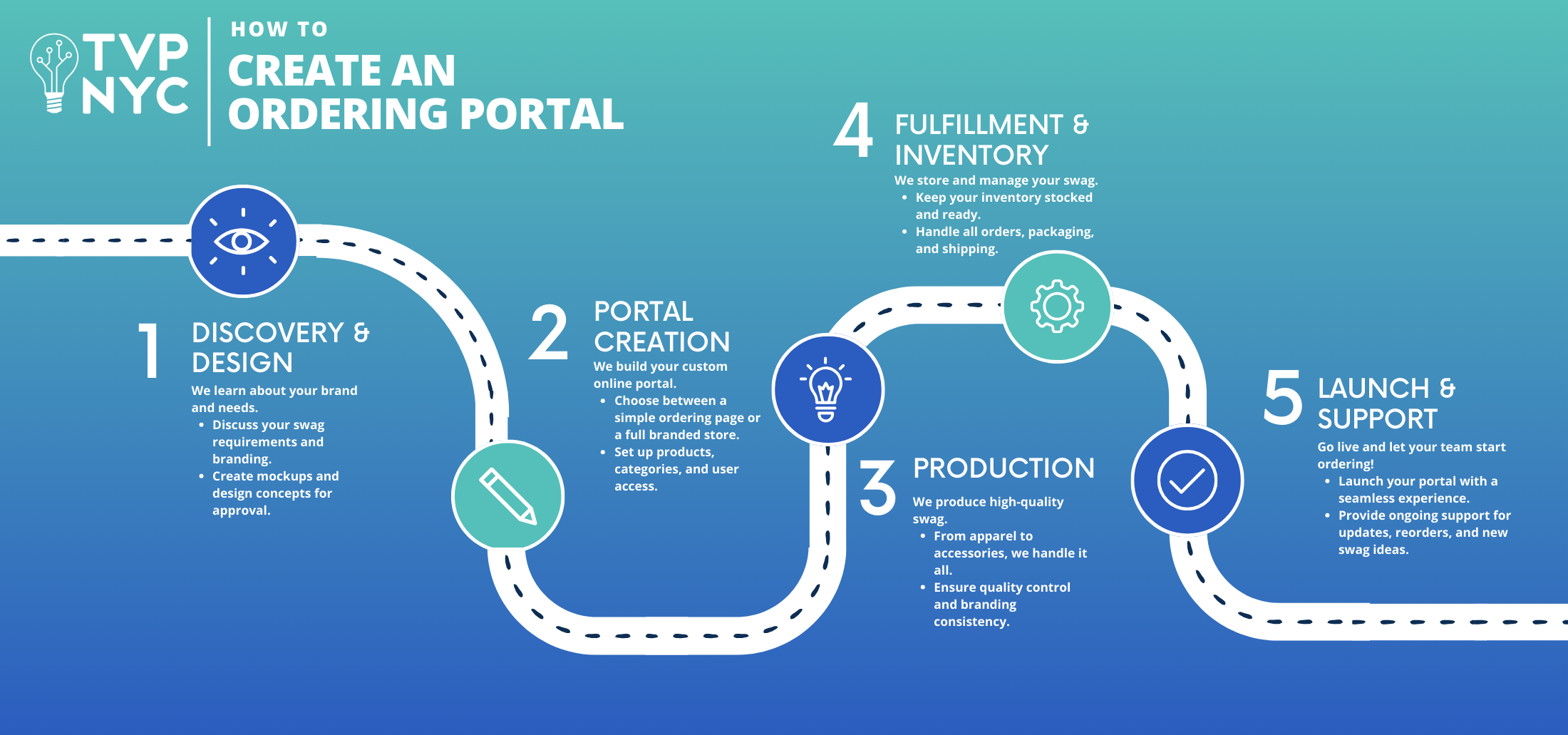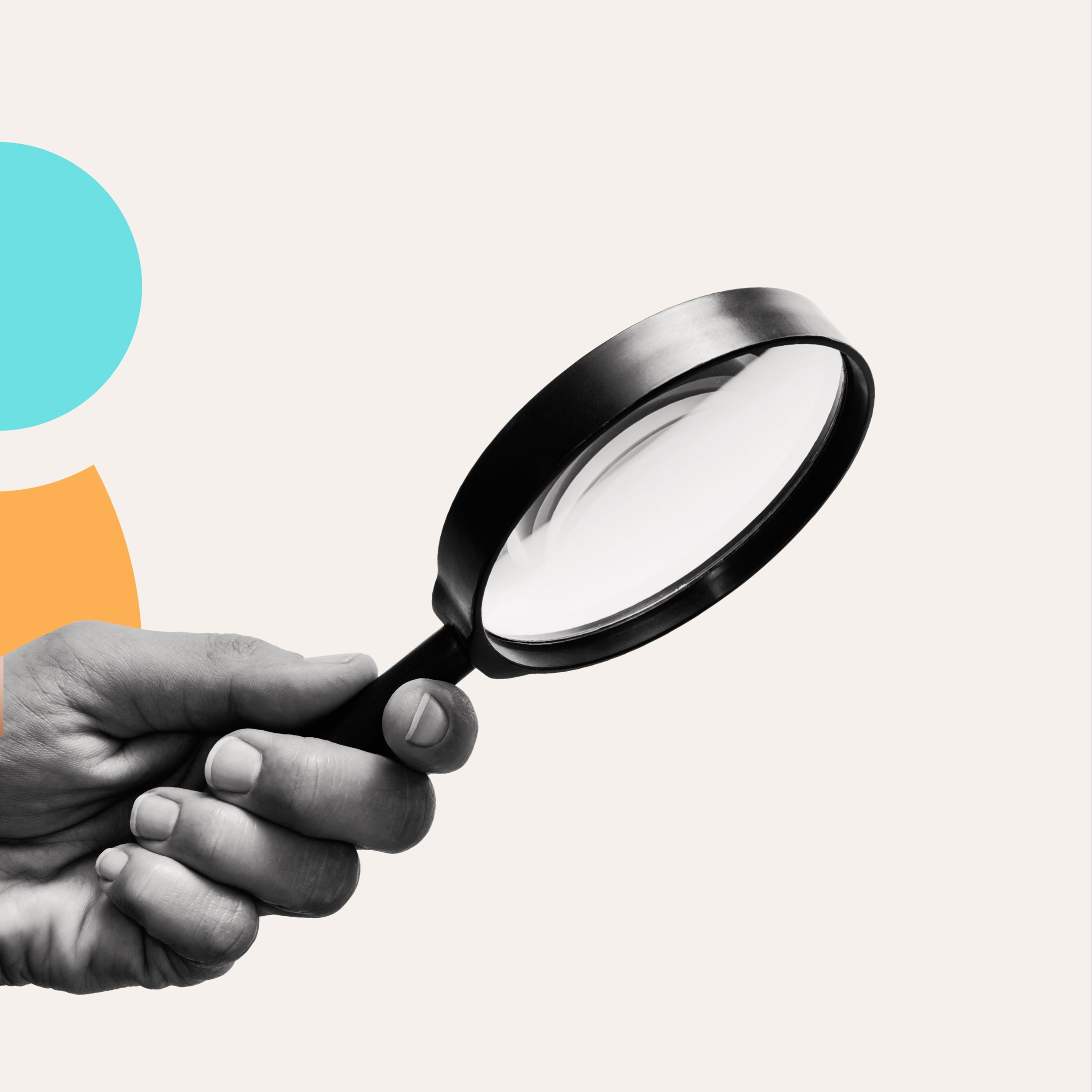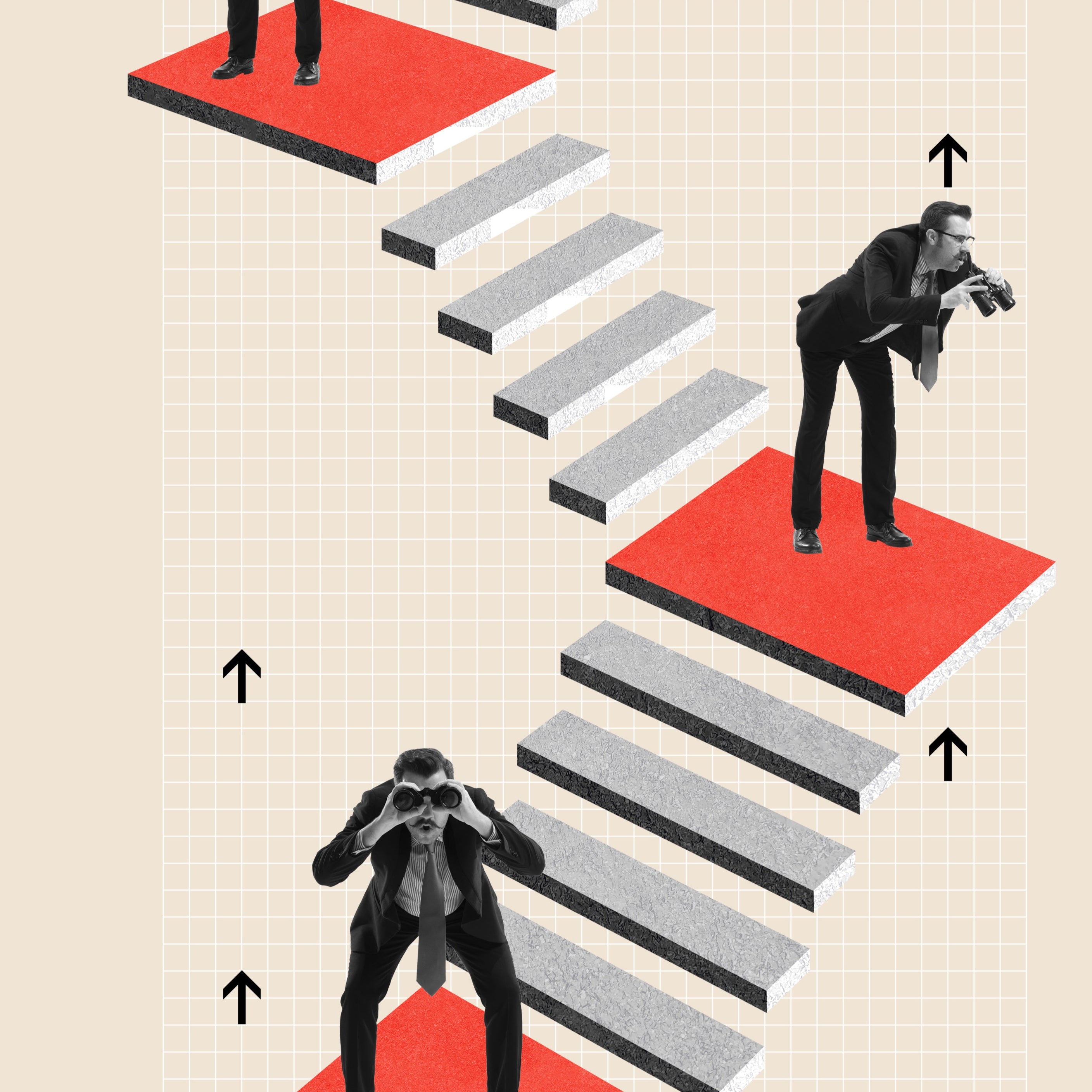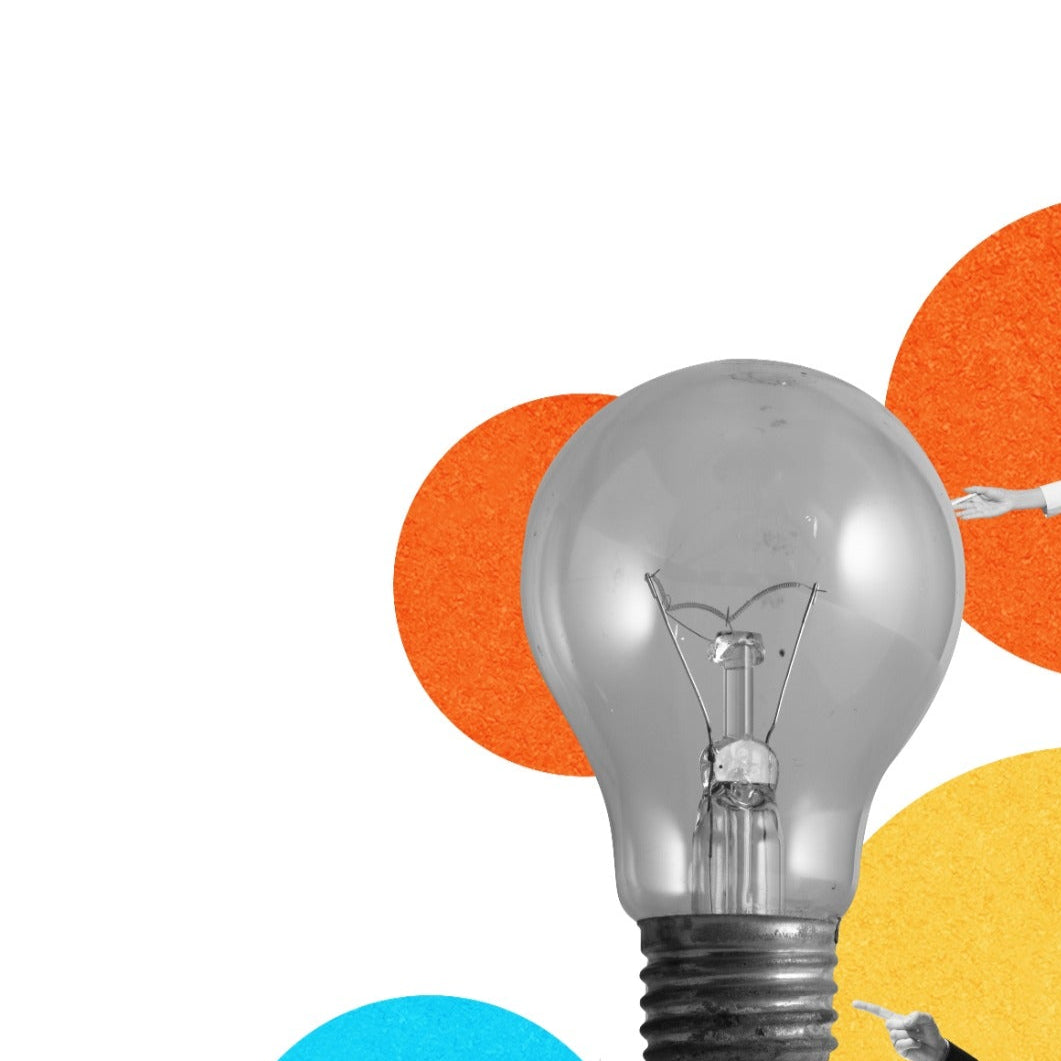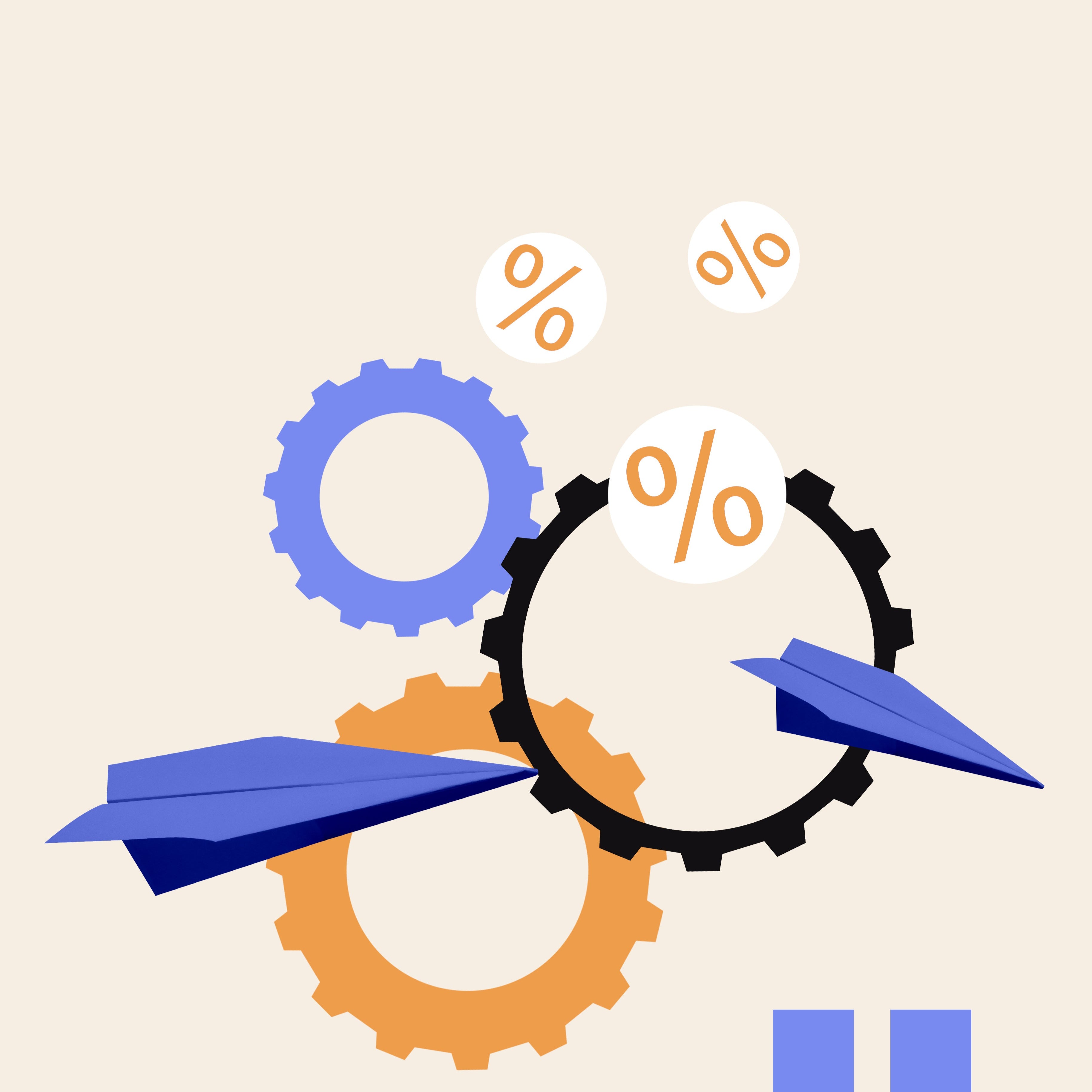Production Process
- Concept & Design - Collaborate with the client to finalize product designs and specifications.
- Material Sourcing - Choose high-quality materials that meet durability and aesthetic requirements.
- Prototyping - Create initial samples for approval before mass production.
- Production - Begin manufacturing, ensuring timelines and quality controls are followed.
- Inspection - Conduct in-line checks during production to identify and address issues early.
Quality Assurance
- Initial Review - Inspect raw materials and pre-production samples for compliance.
- Production Monitoring - Perform quality checks at key stages of manufacturing.
- Final Inspection - Evaluate finished products for defects, packaging integrity, and branding consistency.
- Testing - Conduct stress tests, durability checks, or functionality testing as applicable.
- Approval & Certification - Certify products as ready for shipping after meeting all standards.
Fulfillment Services
- Receiving - Store inventory in warehouses, verifying stock levels and product conditions.
- Order Processing - Use automated systems to pick, pack, and prepare orders.
- Packaging - Ensure safe and branded packaging for every shipment.
- Shipping - Partner with reliable carriers for fast and accurate delivery.
- Tracking & Support - Provide customers with tracking info and handle any delivery issues.
EU Fulfillment
- Localization - Store inventory in strategically located European warehouses.
- Regulatory Compliance - Ensure products meet EU import/export requirements and taxes (e.g., VAT).
- Efficient Shipping - Use regional carriers for quick delivery to EU countries.
- Customs Handling - Manage documentation to reduce delays at borders.
- Customer Support - Provide localized assistance to customers, ensuring satisfaction with the service.
